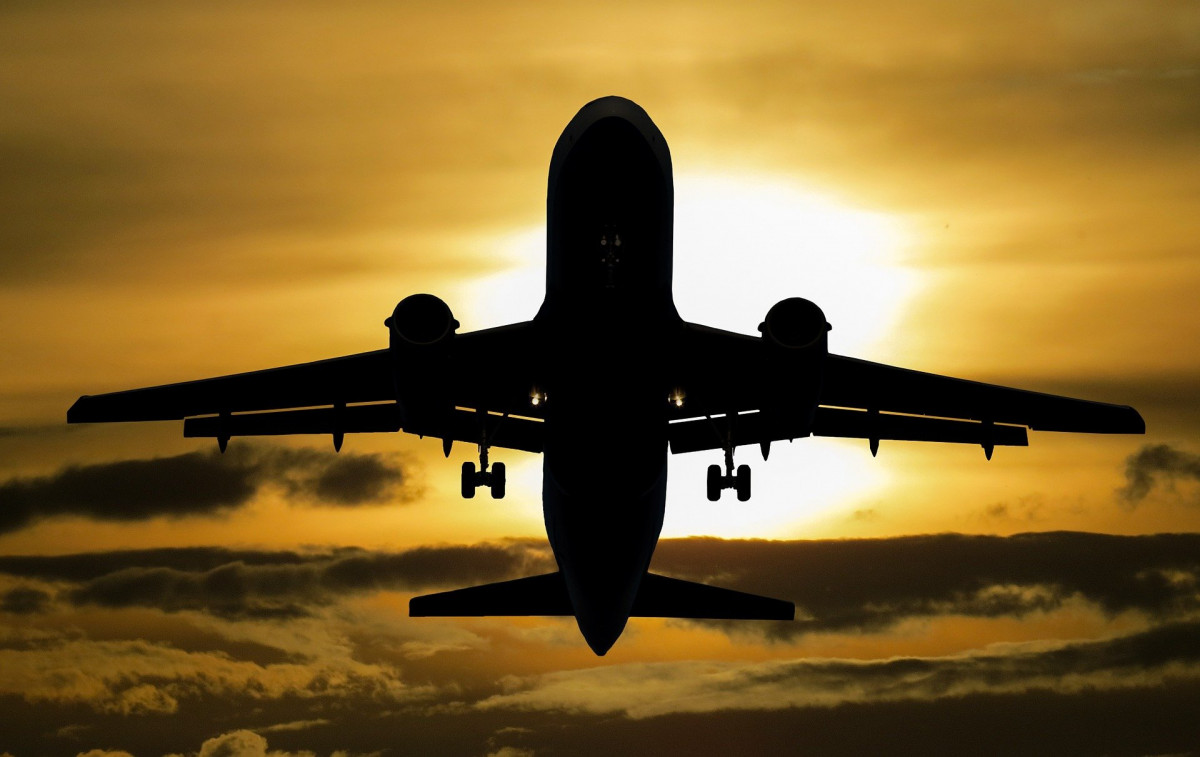By Nina Wormbs
The week before Christmas, a number of colleagues at the Division gathered for a workshop where we discussed flying habits. It was part of the research project Decreased CO2-emissions in flight-intensive organisations: from data to practice at the EECS school, KTH Royal Institute of Technology, led by Daniel Pargman with funding from the Swedish Energy Agency. Elina Eriksson led the workshop with support from Daniel and Aksel Bjørn-Hansen.
The aim of the project is to see how we might reduce the carbon footprint of KTH that stems from flying. Since flying is a large part of KTH emissions and totally dominates those of travel, it could be seen as low hanging fruit. At the same time, travel is nowadays also part and parcel of academic culture. Thus, there are interesting obstacles to change behaviour.
Academic flying has interested us at the Division for many years and as a response to a discussion at our kick-off in 2015, the blog The travelling scientist was launched and Johan Gärdebo had a small project with workshops of similar kind.
In the workshop we received information on our flight patterns, data that the project has collected after great work. It was not easy for Pargman and his colleagues to get a full picture of the flying at KTH, and not even now do they know for certain the sources of KTH flying emissions. This data is of course crucial since the government has required that public agencies work with their emissions. And if we do not have data, we cannot report and reduce.
It turned out that flying at our Division, perhaps not so surprisingly, was not evenly distributed among our colleagues for the year 2019. Of 47 employees, 12 did not fly at all, whereas some made about a dozen flights. Moreover, the type of flights varied, and this is particularly interesting since the focus is CO2 emissions. Based on our division’s data a medium-range flight to Europe emits 3,4 times as much as a Scandinavian flight. And an intercontinental flight emits 20 times as much. Not surprisingly, Division emissions from intercontinental flights make up almost 80 percent. (See figure below.)

In the workshop we were encouraged to think about travelling and if and how to change it. This we did in small groups (everything on zoom of course) and with feedback through Menti. The first question regarded what flights could be avoided and common suggestions were intercontinental ones, very brief conference trips and those of committee work. On the other hand, field trips and archival work was hard to avoid.
This was most likely connected also to the insights of the pandemic, where we have realised that some things can indeed be done differently. The second question in the workshop focused on precisely this: what did we learn from the pandemic that we can use in the future. Here answers varied from the longing for real meetings with colleagues to realising that many meetings work fine digitally. Some digital conferences that we have experienced also shows that this was of meeting can be more inclusive.
About a dozen people joined the workshop, and hopefully it can still help the Division in contributing to a constructive change. KTH has environmental and emission targets and if we do not want to see hard regulation from above, we need to work from below. The workshop participants were in agreement that we have a responsibility to reach the climate objectives and most also believed that flying less is possible.
Nina Wormbs
Co-author of Grounded: Beyond flygskam (2019)


